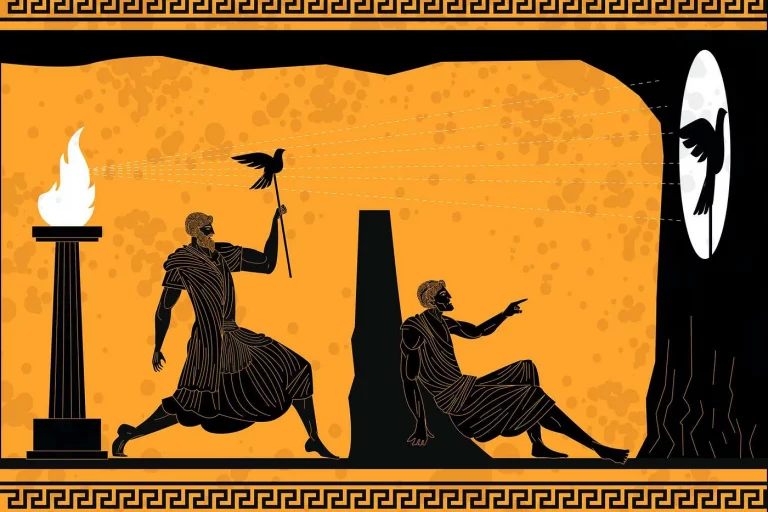Zen and interaction design, according to Samsung
He reports on it on his Italian blog and here is my translation:
“The lecture was announced as being about user experience design and the hall was full with people curious to hear more about Samsung’s vision in that respect.
The speaker walks on stage and the first slide he shows is a beautiful photo of a buddhist temple in Korea. He explains where the temple is. Fair enough, this has been a source of inspiration to him, so let’s now start with the real talk, right. No, not exactly. We will study the experience of visiting the temple.
Next up is a picture of a forest. Chang explains that we are walking in the direction of the temple, describes the sensations that the photo is not able to convey, such as the wind, the sounds, the smells…
New slide: a gate. Also here the speaker stops to reflect on what can be perceived and sensed standing in front of such an object. At this point, the audience which was expecting a gallery overview of innovative Samsung project, starts resigning itself to the fact that the temple walk still has a long way to go. And that’s exactly what happens: more photos and stories show a succession of stages that in the end lead to the temple itself and to its interiors. Once the temple photo series is finished, Chang runs through the ‘experience’ again and analyses it in a series of actions taken, movements gone through, and symbols met, and underlines how those in charge of designing the temple were already designing the user experience centuries ago, even its emotional aspects.
We learn therefore that also Samsung embraced emotional design. But what does this mean concretely when you are dealing with the design of electronic products? The four crucial points that Chang’s design group has adopted, state that products must:
- be intriguing and innovative, with an aura of mystery that invites to discovery, without confusing the user;
- be multi-sensorial, i.e. stimulating the various senses of the users, also in ways never seen before. To illustrate the point, he shows a Samsung MP3 reader that can be put in the water when we take a bath and makes the water vibrate, by creating small waves that follow the music and come together again in the end;
- provide layers of experience to the user that reveal themselves progressively over time, thereby deepening the use of the product. Here he shows a mobile phone that can be opened and transformed in a micro “boom box” to share music with others;
- have an intuitive interface, i.e. guarantee the compliance with the more traditional usability perspective. And here it is of particular relevance to strive for the most intuitive use possible of the full-touch LCD, which is now becoming more popular thanks to devices such as the iPhone or the Samsung F700, which is now also available on the European market.
In the last part of his talk, Chang discusses some problems that are specific to user experience design and require particular attention. But that I will discuss in another post.”





[…] few weeks ago, I published a summary of a talk given by Donghoon Chang, vice president of Samsung’s Mobile User Experience Design Group, at […]
[…] Part 1. Zen and Interaction Design […]
[…] are some interesting posts about mobile experience and UI, part 1 and part 2. Interesting to notice that on part 2 Samsung is talking about uGo, the UI mobile […]
[…] settimana fa, ho pubblicato un sommario di una conferenza tenuta da Donghoon Chang, vice presidente del Mobile Experience Design Group presso la Samsung, […]